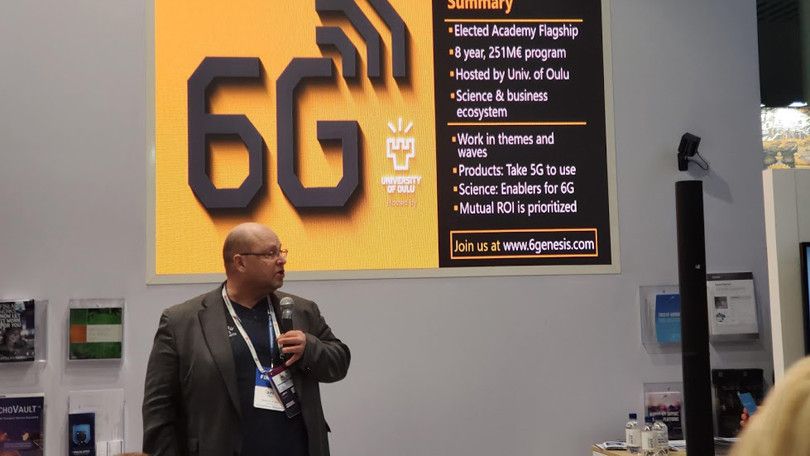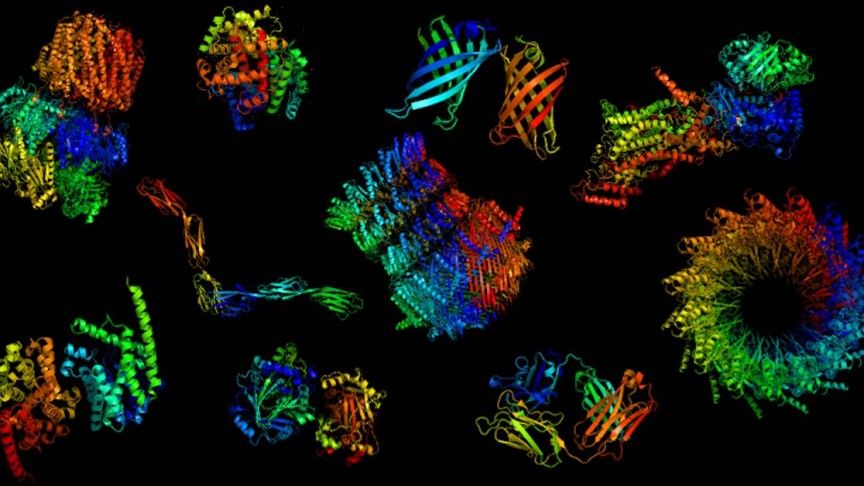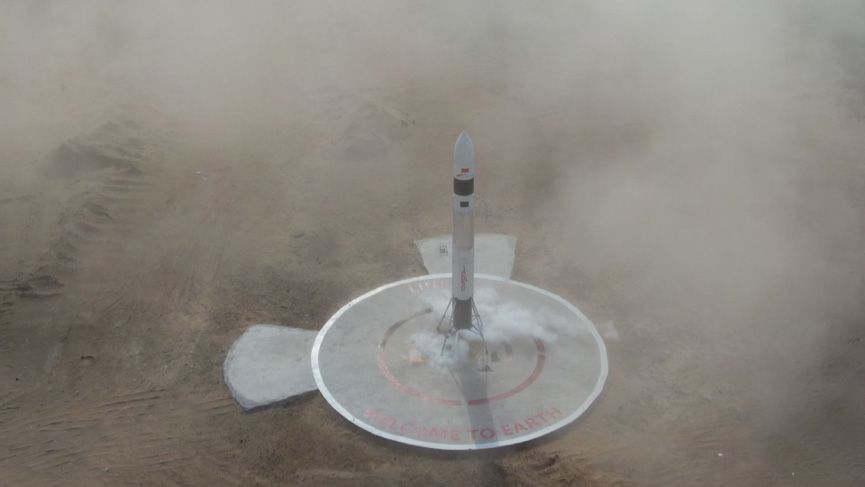Efforts to create new life-forms—and new universes—will raise profound questions.
- By Abraham Loeb on April 22, 2019



(Natural News) Turkish inventors have created a new building material that is five times stronger than titanium and has the density of wood planks. Most remarkably, this new “Metallic wood” is lighter than titanium and still has the chemical stability of metal for use in manufacturing applications.
The new material is made out of nickel-based cellular materials as small as 17 nano-meters in diameter. These electroplated nickel nano-particles are strategically arranged in struts to maximize their load-bearing strength as a whole. This strategic arrangement of nickel makes the material four times stronger than bulk nickel plating. By tinkering with nano-meter-scale geometry, the inventors can increase the strength and density of the new material. This geometric arrangement of cellular materials is spatially organized and repeated to generate the new “Metallic wood” material. This geometric nano-meter engineering feat produces a very dense material, like that of wood. The inventors have even made the material as dense as water (1,000?kg/m3).

Background: The medical agent #MK615 is produced from #JapaneseApricot and contains a number of cyclic triterpenes. Antitumor activity of MK615 and its additive effect when combined with gemcitabine in pancreatic cancer cell line. MIAPaCa-2 was previously reported by our group. The objective of this phase I trial was to evaluate safety and feasibility of combined MK615 and gemcitabine therapy in patients with advanced or metastatic pancreatic cancer.
Conclusions: Combined MK615 and gemcitabine therapy was well-tolerated and showed antitumor activity in patients previously treated without gemcitabine or untreated patients with advanced or metastatic pancreatic cancer. Currently, we are planning phase II trials for elderly or frail people.
510
Background: The medical agent MK615 is produced from Japanese apricot and contains a number of cyclic triterpenes. Antitumor activity of MK615 and its additive effect when combined with gemcitabine in pancreatic cancer cell line. MIAPaCa-2 was previously reported by our group. The objective of this phase I trial was to evaluate safety and feasibility of combined MK615 and gemcitabine therapy in patients with advanced or metastatic pancreatic cancer. Methods: Patients with untreated pancreatic cancer or those who underwent chemotherapy without gemcitabine were enrolled. Gemcitabine was infused at 1000 mg/m2 over 30 minutes once weekly for 3 weeks of each 28-day treatment cycle. Three packets of MK615 were orally administered daily during each 28-day treatment cycle, until any discontinuation criteria were met. If severe toxicity occurred, dose was reduced. Results: All five patients enrolled were evaluable for toxicity and response. Median age was 72 (54−79) years. Three patients had performance status (PS) 0, one had PS 1, and one PS 2. Three of five patients had been treated with chemotherapy; two with FOLFIRINOX and one with S-1. One of five patients treated had grade 4 neutropenia and two were administered granulocyte-colony stimulating factor. No patient had febrile neutropenia or adverse event leading to death. Relative dose intensity was 96.6% and 69.8% for MK615 and gemcitabine, respectively. No patients had objective response (complete response + partial response), while 2 of 5 patients (40%) had disease control (objective response + stable disease). Conclusions: Combined MK615 and gemcitabine therapy was well-tolerated and showed antitumor activity in patients previously treated without gemcitabine or untreated patients with advanced or metastatic pancreatic cancer. Currently, we are planning phase II trials for elderly or frail people.

Simulations of stochastic processes play an important role in the quantitative sciences, enabling the characterisation of complex systems. Recent work has established a quantum advantage in stochastic simulation, leading to quantum devices that execute a simulation using less memory than possible by classical means. To realise this advantage it is essential that the memory register remains coherent, and coherently interacts with the processor, allowing the simulator to operate over many time steps. Here we report a multi-time-step experimental simulation of a stochastic process using less memory than the classical limit. A key feature of the photonic quantum information processor is that it creates a quantum superposition of all possible future trajectories that the system can evolve into. This superposition allows us to introduce, and demonstrate, the idea of comparing statistical futures of two classical processes via quantum interference. We demonstrate interference of two 16-dimensional quantum states, representing statistical futures of our process, with a visibility of 0.96 ± 0.02.

Imagine being able to use grass instead of plastic for #Straws…Zero Waste Saigon, which also sells the straws, says that finding a human use for the grass, helps preserve wetlands, which provide habitat for Sarus Crane birds, because it prevents them from being turned into crop land.
This man has come up with a super sustainable — and truly biodegradable —substitute for plastic straws.
As plastic straw bans come into effect around the world, a Vietnamese man has come up with a creative, natural alternative.

A scientist from Harvard has used Ai to create a method for successfully predicting the folded shape of any protein. The work could have massive implications for the design and development of life-saving medicine.


China’s private rocket company LinkSpace successfully launched a reusable rocket in east China’s Shandong Province on Friday. The RLV-T5 rocket flew to a height of 40 meters and then safely landed, in 30 seconds.
On March 27, the company finished its first low-altitude launch at a height of 20 meters.
Whenever the term “reusable rocket” is mentioned, people would at once link it to the U.S. giants like SpaceX and Blue Origin. Now, China’s LinkSpace is hoping to make its presence felt in the market.